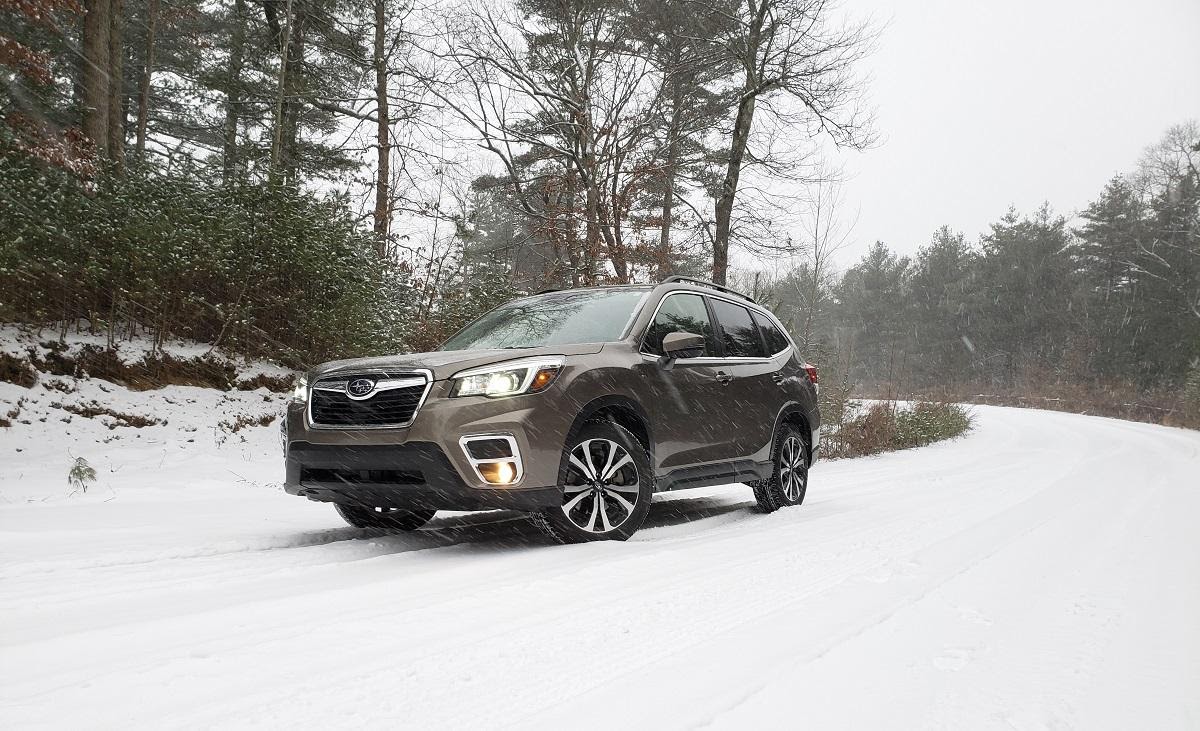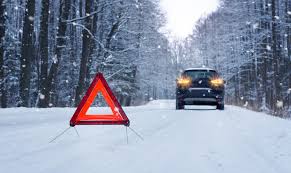Driving on snowy roads can be challenging even for the most experienced driver. Statistics show that while more motorists get into car accidents during summer, winter still poses deadly risks for drivers. The National Highway Traffic Safety Administration says that from the period 2011 to 2015, about 800 Americans were killed yearly in car crashes due to snow.
Indeed, no matter how careful you are behind the wheel, the recklessness of other people can still put your life in peril.
Still, that does not mean you should be careless too when you are driving in snow. You can lower the chances of you getting into some sort of trouble when you avoid these five common mistakes when driving in snow:

- Driving too fast
You don’t need to be a motoring expert to realize how dangerous it is to drive too fast when bad weather hits. Unfortunately, driving too fast is also the most common mistake that drivers make during the winter season.
Driving too fast and slippery, icy snow are a recipe for disaster. Speeding can prevent you from braking on time and preventing a collision with the vehicle you are trailing.
You may be following speed limits but keep in mind that those figures are designed for dry roads and clear visibility. When bad weather hits and reduces road visibility, you must ease up on the gas pedal. This may seem frustrating, but it is a safer way to drive because you’ll have better control of your vehicle. Hence, you should make it a habit to reduce your speed when driving in snow.
- Not giving enough distance between vehicles
Here’s something to remember about driving on the icy pavement: it takes up to 10 times longer to brake on an icy road than it does on a dry one. This means you also have less time to react and brake in case the vehicle in front of you suddenly stops. Thus, if you drive too fast during winter, you are increasing your risk of getting into a fatal crash.
Therefore, you should avoid the temptation to tailgate even during the slow-moving traffic. If you drive too closely to the vehicle in front, then you are likely to be focused on the bumper instead of looking ahead and around at your environment to take note of and avoid road hazards.
Also, keep an eye on your rearview mirror as rear-end collisions commonly happen during bad weather.
- Not preparing the car before facing the elements
This may be due to being in a rush for the holidays, or simply overlooking the importance of preparing your car the wintry weather. Whatever the reason may be, the lack of preparation for winter driving may haunt you later.
One of the things you should prepare is your car’s tires. Each tire should have a tread at least 4.8 millimeters deep. It also pays to have all-weather tires that can handle most driving conditions. Yet if you live in an area where the temperature regularly dips to -45 degrees Fahrenheit in the winter, it is wiser to invest in snow tires.
When shopping for winter tires for a vehicle like the Subaru Outback, look for one that has a snowflake inside a mountain icon. This is placed on the sidewall of the tire. This means that the tire would be able to safely navigate slippery and snowy roads.
You must also use windshield wiper fluid for the winter season. Ordinary wiper fluid that you used during warmer months becomes useless when winter comes because it freezes quickly upon contact with the windshield.
On the other hand, ‘winter’ fluid won’t freeze on the windshield and can withstand the rigors of freezing temperatures. This type of windshield fluid can also loosen snow and ice from the windshield, so you should be able to see the roads better.
And before the temperatures drop, you must have switched to an engine oil with low cold weather viscosity grade. This type of oil performs better during the winter and can help prolong your vehicle’s engine life.
- Driving in coats and boots. Communicating with the vehicle is highly
important in driving. And half of the communication between the motorist and vehicle is done through the steering wheel. That’s why it is a bad idea to drive with a heavy winter coat as it can bulk up your arms and affect your driving.
With bulky arms, the range of motion for your arms will be significantly reduced.
This can lead to abrupt steering inputs. It can also cause you to get quickly tired.
The same is true for your boots. When wearing winter boots, there is a tendency to step on both pedals simultaneously. It is also common for drivers not to feel the pedals, leading to loss of control.
Fortunately, most of the cars today have excellent heaters so there is no need at all to be bundled up when driving in the snow. You should also consider using leather gloves as this doesn’t slide easily on the steering wheel unlike gloves made of wool or cotton.
- Being overconfident in four-wheel-drive vehicles
Finally, drivers tend to be overconfident when driving four-wheel drive (4WD) vehicles. Their assumption is that they won’t need winter tires or slip on ice because their vehicles are built for the harshest road conditions. But even the most advanced 4WD cars are not spared from spinning out of control when navigating through snowy roads.
Here’s the truth you should know—there is no vehicle type that can guarantee safe travel on an icy road at speeds higher than 45 miles per hour. While safety features like traction control, antilock brakes, and electronic stability control, among others, can improve handling and control, these will not eliminate the possibility of losing control when the vehicle runs at over 45mph.
This brings us back to mistake #1— driving too fast! Slow down when the temperature is freezing, and the snow starts to fall.
Avoid these five common mistakes that drivers tend to make when driving in snow, and you can greatly enhance the chances of avoiding a fatal crash on the road during winter.
















